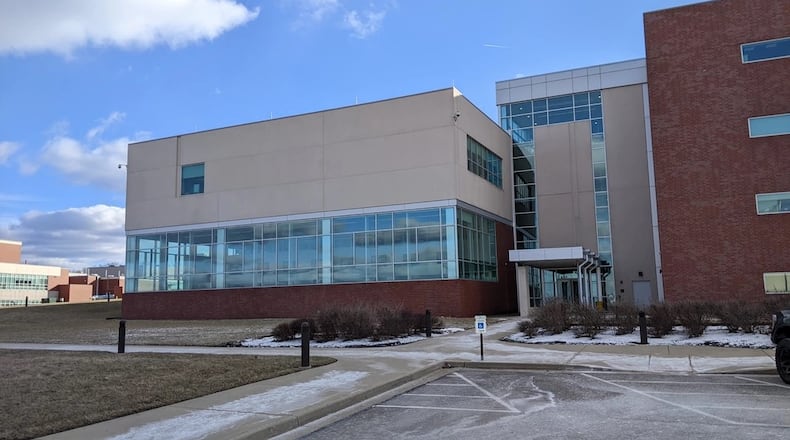“I think we’ve been very successful this year for the funding bill in obtaining support for construction projects at Wright-Patt,” U.S. Rep. Mike Turner, a senior member of the House Armed Services Committee, said in a recent interview. “Certainly, the construction funding that has previously been secured is permitting (work) at the base to continue and is ongoing.”
“I believe that the funding bills that are currently pending in Congress that need to be completed before the end of January are likely to be done in time, so there will not be a need for an additional continuing resolution,” he added. “And those bills should also be very beneficial for Wright-Patterson Air Force Base.”
A continuing resolution funding the federal government until Jan. 30 is in force. Military leaders generally dislike such resolutions because they maintain current funding levels and prevent increases in funding and flexibility in policy direction they say are often needed to address emerging threats.
The current resolution ended a recent record 43-day lapse in funding of the federal government. Hundreds of thousands of Department of Defense civilians were furloughed, as were more than 8,000 Wright-Patterson civilians. Priorities such as shipbuilding and research languished during the shutdown.
Also sought in the new bill are us $2.8 million to begin designing a new artificial intelligence (AI) supercomputing center at Wright-Patterson.
“This legislation delivers major investments in new infrastructure and technology at Wright-Patterson Air Force Base ... advances cutting-edge research at NASA Glenn in Cleveland and strengthens key national defense assets across our state,” Sen. Jon Husted, R-Ohio, said in October.
“We’re in a better position on this NDAA than we have been for the last two or three years, as far as the narrow number of issues that were still outstanding,” Politico quoted U.S. Rep. Mike Rogers, R-Ala., the chair of the House Armed Services Committee, as saying last week.
About the Author


